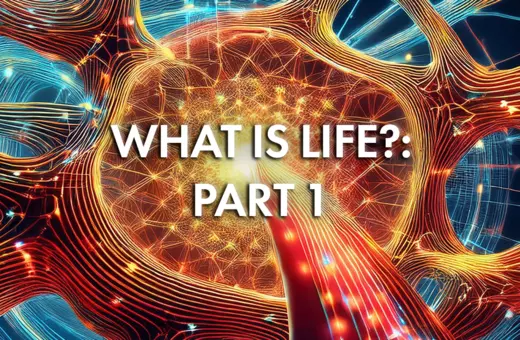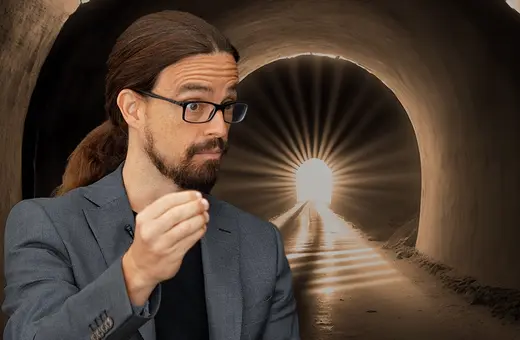We often think of the mind as housed in the brain, with the body as its vehicle—a view shaped by Western philosophy’s emphasis on the mental over the physical. But Stanford psychologist Barbara Tversky disagrees. In this exclusive IAI interview, Tversky argues thinking is not just something the mind does; it’s something the body is. The movements of our limbs, the gestures we make, even our orientation in space, don’t just support thought—they are its architecture.
Charlie Barnett: You argue that thinking is fundamentally spatial and embodied. Can you explain how this changes how we understand the mind?
Barbara Tversky: Our spatial thinking takes up half our cortex and it evolved long before language. We communicate, create, and so forth with our bodies, and again it goes back evolutionarily to one-celled creatures that either approached things which were attractive or nutritious and avoided things that were noxious. And that was the first kind of interaction with the world, before any language got in there.
Humans use spatial thinking in many different ways: getting around the world, grasping objects, and communicating. So if I'm reaching for a glass, you know what I'm doing. And I can use “grasp” as the word or the action as a way of communicating with you. So I “grasp” ideas and pass them on to you. And those are all actions in the world that get into our language as actions unfold.
___
So the gestures are somehow facilitating not just the words but the thinking. And that's a bit of a mystery to me, why movements of the body seem to be core to thinking.
___
Why do you think this recognition is an important one? Do you see yourself as pushing back against a certain view that sees thinking as primarily located in the brain?
So there are two ways of approaching that. One is: Does thinking only happen in the brain, or does the body contribute? And another is pushing back against a language-based view of thinking. So I can talk about the first.
SUGGESTED VIEWING The divided self With Roger Penrose, Jack Symes, Sam Harris, Sophie Scott
We find these experiments where people sit on their hands, and it's harder for them to find the words to explain how to get from their house to the train. And when they explain those things, they generally gesture, and the gestures precede the words. So the gestures are somehow facilitating not just the words but the thinking. And that's a bit of a mystery to me, why movements of the body seem to be core to thinking.
Clearly, though, we can think without the body. People without arms, without sensation below the neck, can think, and can explain, so we have alternative bases, just like blind people can navigate without vision.
___
And that again indicates something about the body promoting the thinking independent of the brain.
___
Another thing we know is if we deprive people of any sensation, their mind wanders. They can't keep control of the mind. And that again indicates something about the body promoting the thinking independent of the brain. The brain is still active, but the body is desensitized and not moving.
Some say there are a group of people in the world who primarily feel that they reason more with spatial images and picture. Some say they reason more with words and others talk about an internal monologue. How do you see this as interacting with your views on embodied thinking?






















Join the conversation